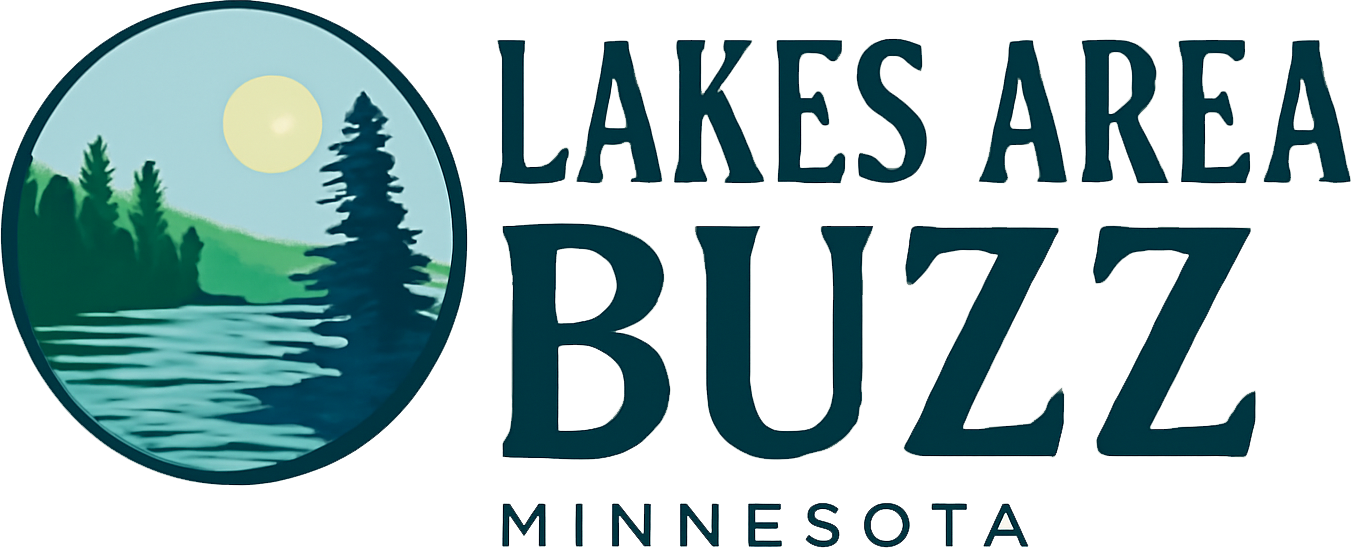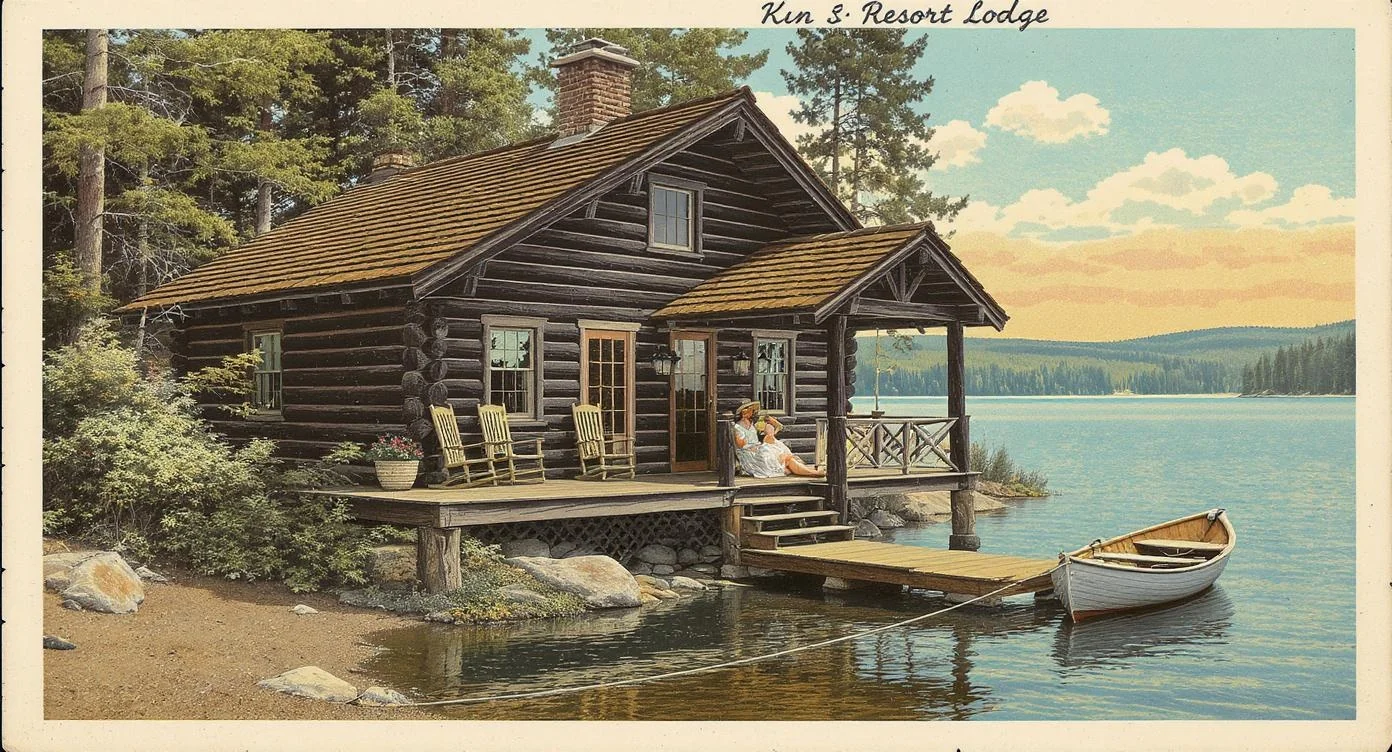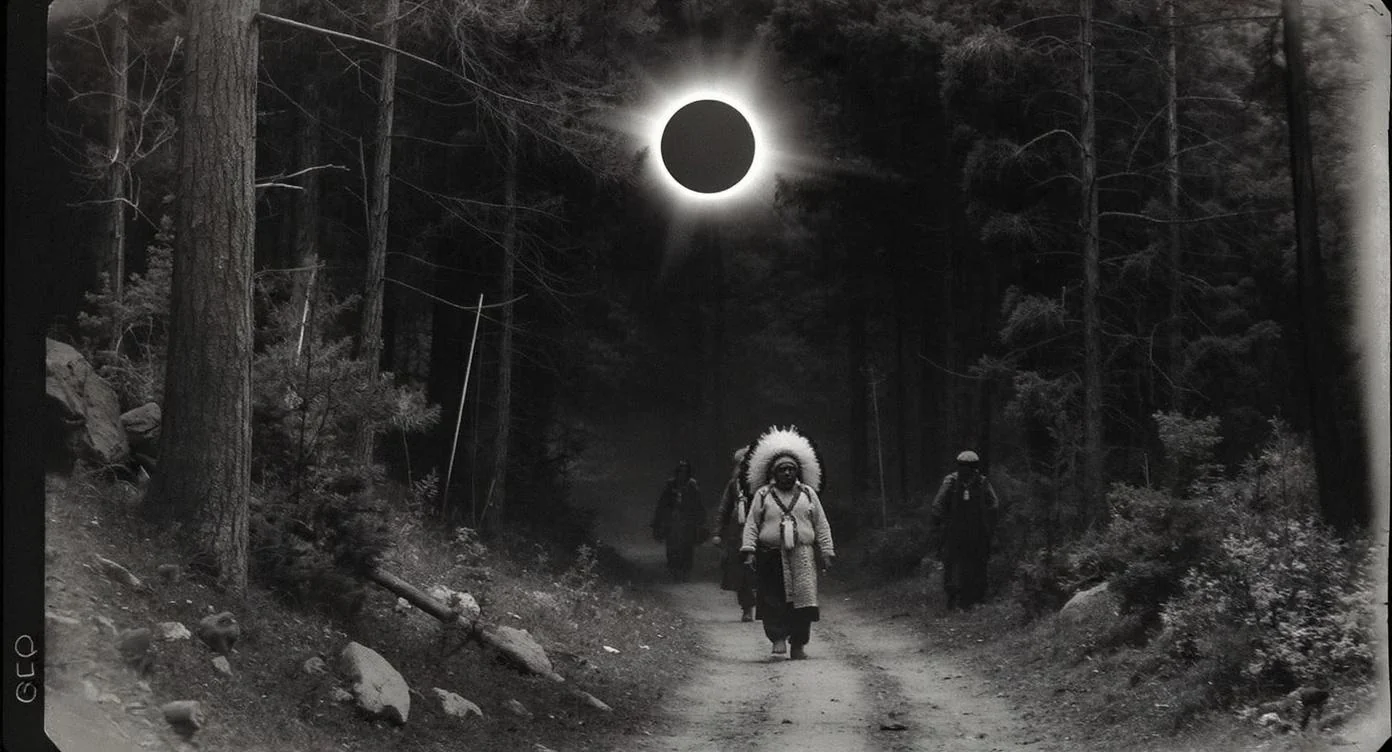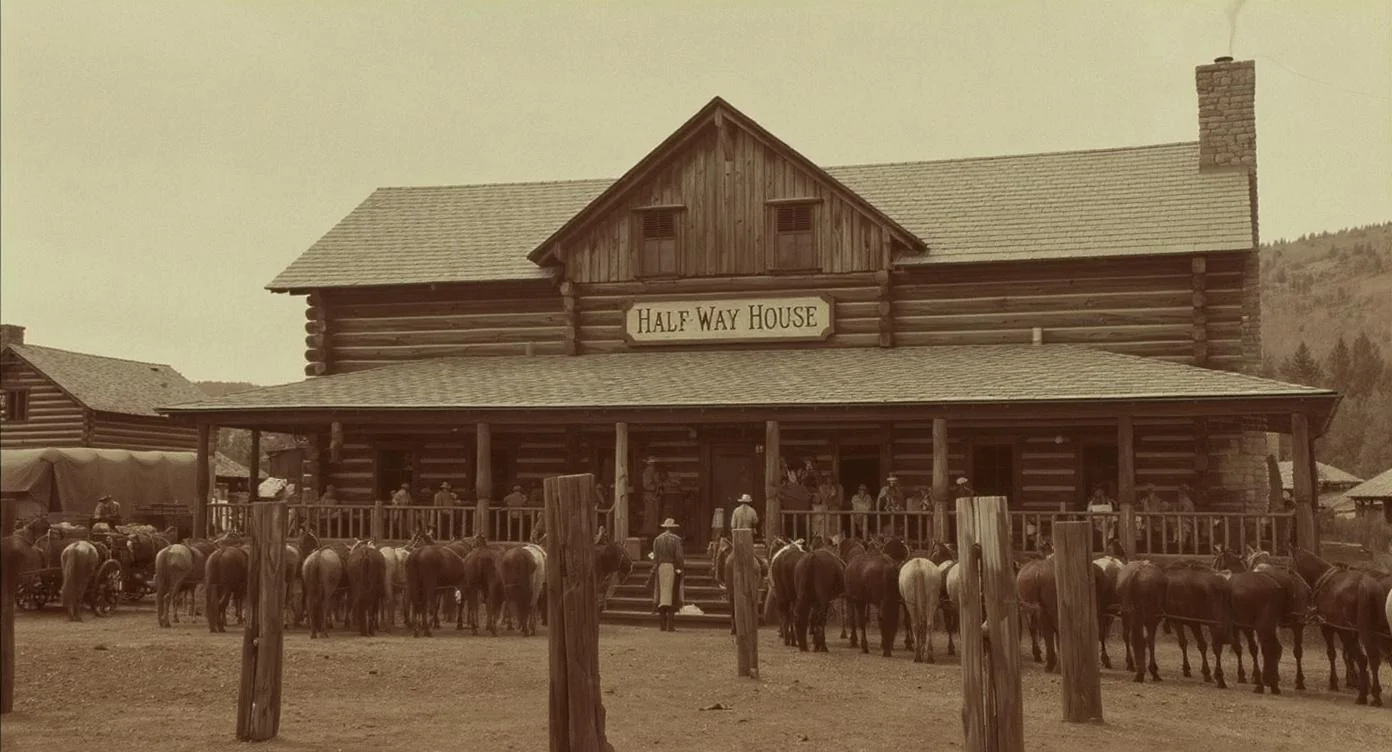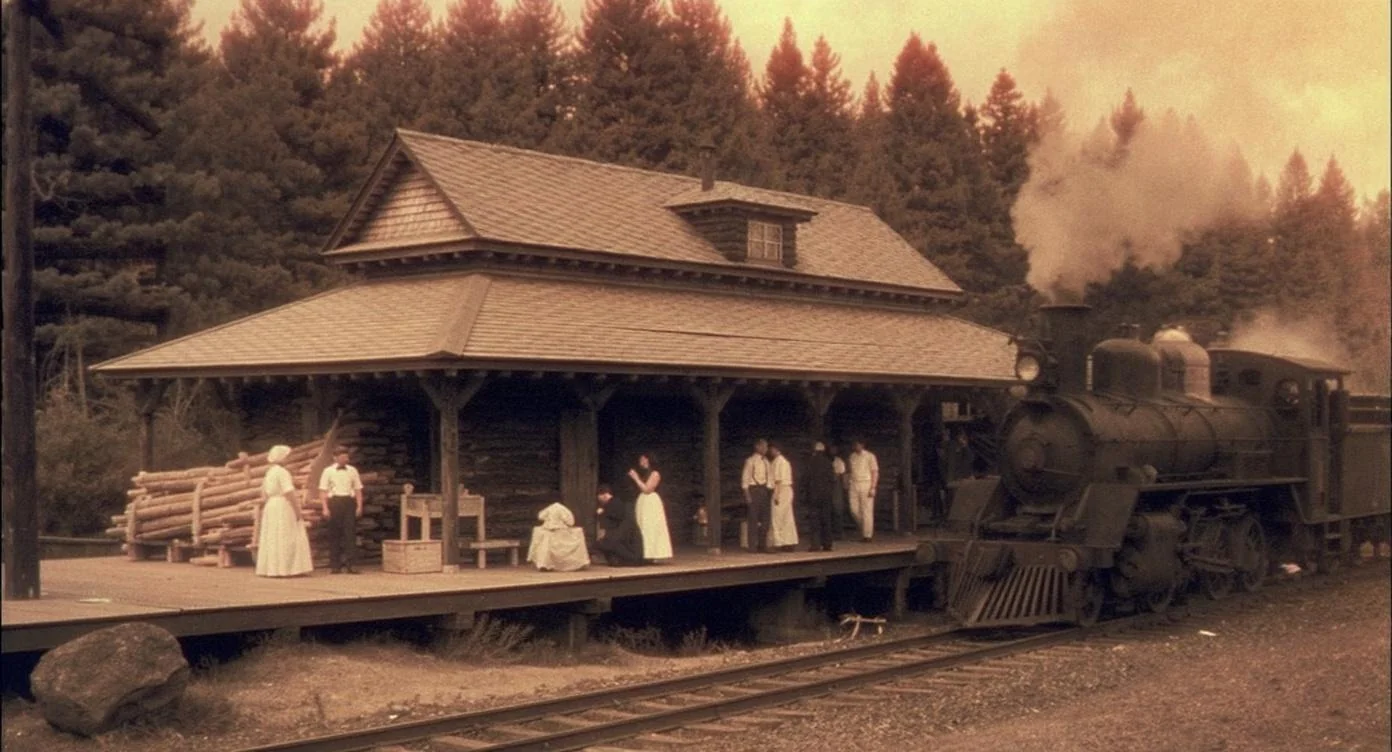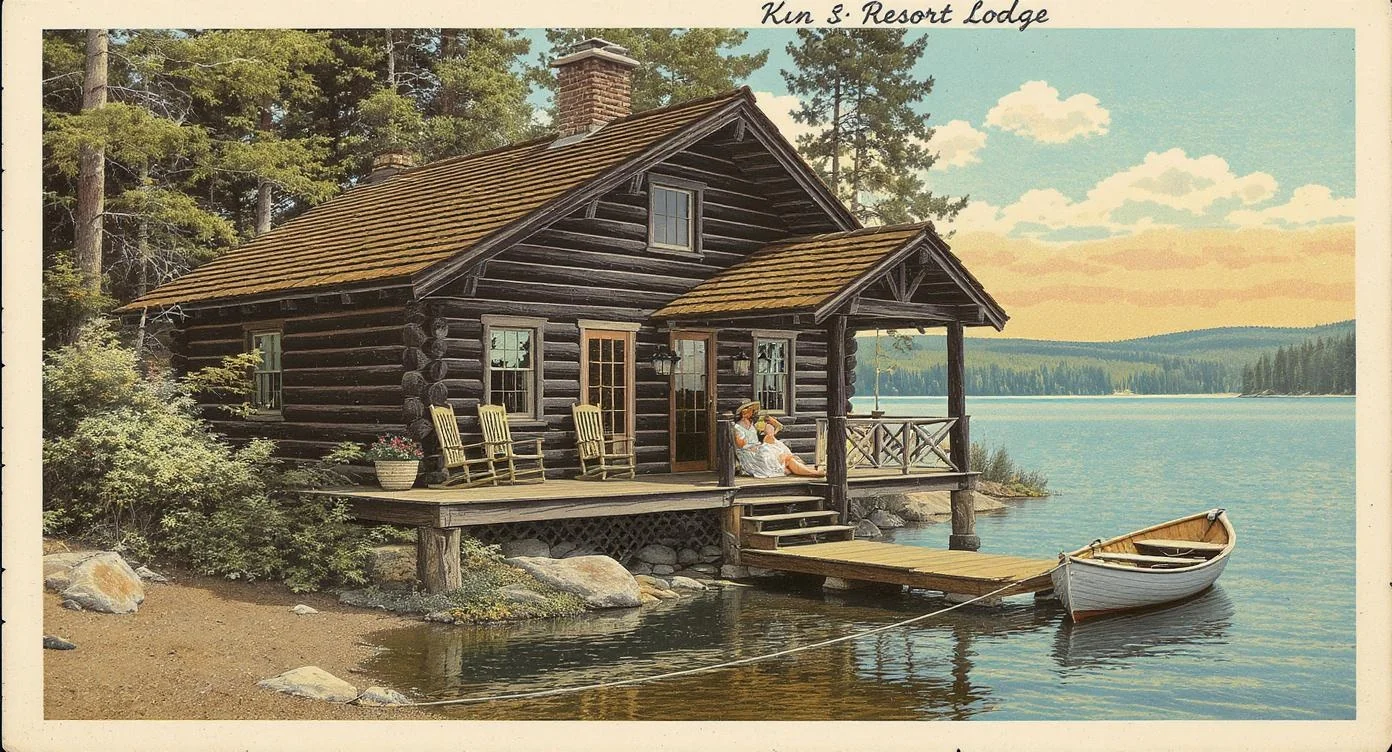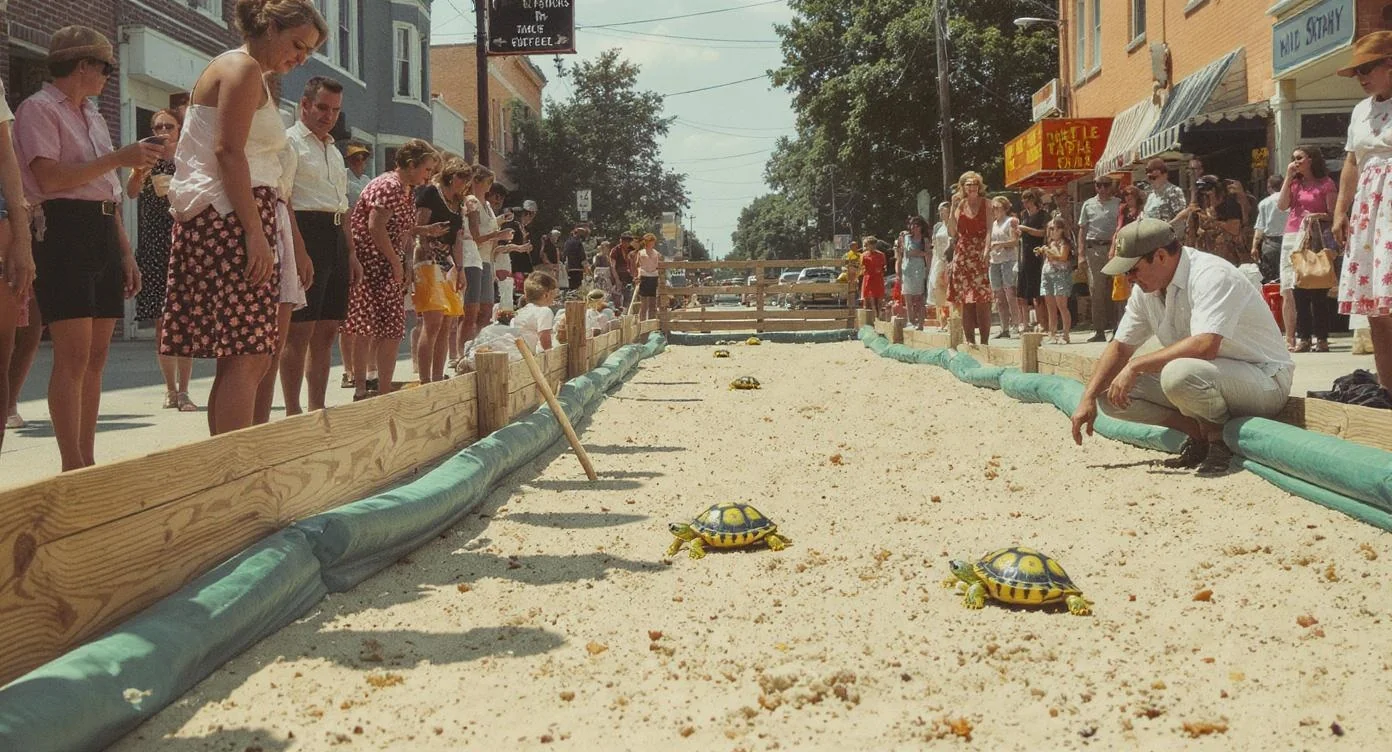Lakes Area Buzz
Archives
Nisswa: The Little Town "In the Middle" That Became a Minnesota Star
SIGN UP FOR OUR NEWSLETTER
Nisswa: The Little Town "In the Middle" That Became a Minnesota Star |
From its indigenous roots to a thriving tourist destination, Nisswa's journey is a testament to resilience and community spirit. |
Have you ever wondered how a tiny logging camp turned into one of Minnesota's coolest vacation spots? Well, grab your favorite snack and settle in, because the story of Nisswa is packed with more twists and turns than the winding roads that lead there!
Nisswa isn't just another small town in Minnesota—it's a place that completely reinvented itself not once, but several times! From its beginnings as a home for the Ojibwe people to a bustling railroad stop, and finally to the tourist paradise it is today, Nisswa has always known how to adapt and thrive. The town's name comes from the Ojibwe word "Nessawae," which means "in the middle." And boy, does that name tell the whole story! |
Before the Town: When Native Americans Ruled the Lakes |
Long before any stores or streets existed, the land around Nisswa belonged to the Mississippi Chippewa people. Can you imagine living in a world with no roads, just ancient trails winding through massive forests? That's exactly what it was like here!
One of the most important leaders in this area was Chief Bug-O-Nay-Ge-Shig, whose name meant "Opening in the Sky" or "Hole-in-the-Day." Here's something super cool: he got that name because he was born during a solar eclipse! How rare is that? Today, you can still find his memory honored in places like Hole-In-The-Day Street and Hole-in-the-Day Bay. These landmarks remind us that this land had a rich history long before European settlers arrived.
Back in 1860, only three white settlers and 37 people of mixed ancestry lived near Gull Lake. Travel was tough! People used something called the Leech Lake Trail—a path that Native Americans had walked for hundreds of years. In 1855, the U.S. Army Corps of Engineers decided to make it wider and turned it into the Leech Lake Military Road. This road would become super important later on.
Along this trail, pioneers set up rest stops for weary travelers. One famous spot was called the "Half Way House," run by a man named John Bishop. This giant log building had room for 50 horses! Imagine the smell and all the noise with that many horses stomping around! |
The Founding Family: Meet the Hills |
What kind of person decides to start a town in the middle of nowhere? In the 1880s, that person was Webster "Webb" Hill, a Civil War veteran who saw potential where others saw only wilderness. Webb and his wife, Bessie Leigh, set up a homestead at a spot called "Hill's Crossing." This wasn't just any random location—it was right where the Leech Lake Trail crossed a logging road. Smart thinking, right?
Webb worked as a logger for the Gull River Lumber Company, cutting down the huge white pine trees that covered the area. When the lumber company stopped its operations, did Webb give up and leave? Nope! He took all that abandoned land and turned it into the "Web Hill Ranch." Talk about making lemonade out of lemons!
The Hills' wedding day—October 14, 1886—is still celebrated as Nisswa's anniversary. After Bessie died in 1920, Webb moved to the nearby city of Brainerd, but his legacy lived on in the community he helped create. |
The Boom Years: Timber and Trains Change Everything |
Why did people suddenly want to live in this remote area? Two words: logging and railroads! In the late 1800s, Minnesota's forests were filled with valuable white pine trees. The Gull River Lumber Company, started by Charles A. Pillsbury in 1880 (yes, like the flour and baking products!), moved in and began harvesting timber on a massive scale.
But here's the problem—how do you move thousands of heavy logs from the middle of the forest to where people need them? You need a railroad! In 1892, a company called the Brainerd & Northern Minnesota Railway (B&NM) was created with big dreams of building a line all the way to the Canadian border.
Did everything go smoothly? Not even close! In 1893, the whole country went through a financial panic—kind of like when your allowance gets cut in half unexpectedly, but way worse. The railroad company struggled with money problems and the crazy expensive cost of building tracks through rough terrain.
Here's where it gets interesting: after spending a ton of money building a line to Spider Lake, the company realized it had made a huge mistake. So in 1894, they made a bold decision—they abandoned 30 miles of track they'd already built and started over with a completely new route! Can you imagine telling your boss, "Yeah, all that work we did? We're starting over"?
The new route worked much better. The railroad reached Walker in 1896 and Bemji in 1898. By 1900, the B&NM had become Minnesota's most important logging railroad and merged with another company to form the Minnesota & International Railway.
Around the railroad depot, a small community started growing. In 1898, a homesteader named Ernest Smiley set up a railroad stop and post office on his property. The little settlement was named "Smiley" after him, and on August 21, 1900, the area became officially organized as Smiley Township. |
A Town Finds Its True Name |
Would you want to live in a place called "Smiley" forever? Apparently, the residents didn't! In 1908, when the village was preparing to become official, a local man named Leon Lum had a brilliant idea. He convinced his neighbors to change the town's name to something more meaningful.
The name they chose—"Nisswa"—was perfect. Remember how it comes from the Ojibwe word "Nessawae"? The word has two meanings that both fit the town perfectly:
First, it means "in the middle." Nisswa sits right in the center of three connected lakes: Nisswa, Clark, and Roy. Second, it can also mean "three," which again refers to those same three lakes!
By choosing this name, the townspeople honored the Native Americans who lived there first and celebrated the beautiful geography that made their town special. The town went through these official steps:
This wasn't just a name change—it was the community saying, "We're creating our own identity!"
|
When the Trees Ran Out: Tourism to the Rescue! |
What happens when a town built on logging runs out of trees? That's the challenge Nisswa faced in the mid-1900s. The great pine forests that brought the loggers were disappearing. The town needed a new way to survive, and fast!
Luckily, something amazing was happening across America: cars were becoming popular! How popular? In 1910, there were only 458,000 cars in the entire United States. By 1930, there were 23 million! Suddenly, families could drive to vacation spots that used to be almost impossible to reach.
The old Leech Lake Trail, which started as a dirt path for Native Americans, became the paved Minnesota Highway 371. This modern highway was like a river of opportunity, bringing thousands of tourists from Minneapolis, St. Paul, and other cities straight to Nisswa's doorstep.
Smart businesspeople realized that what these city folks wanted was a chance to relax by beautiful lakes and experience the "Up North" lifestyle. Resort after resort opened around the area. Grand View Lodge opened on Gull Lake in 1916, with a gorgeous log building that later became so famous it was added to the National Register of Historic Places. Other legendary resorts followed: Madden's in the 1920s and Cragun's in the 1940s.
The resort boom was incredible! Minnesota went from having about 200 resorts in 1917 to 1,300 by 1930. By the 1960s, there were roughly 3,500 resorts across the state! What was once a vacation only rich people could afford became something middle-class families could enjoy. Nisswa was in exactly the right place at the right time. |
Creating Something Special: The Turtle Races and More |
Having tourists drive through town isn't enough—you need to give them a reason to stop, right? That's exactly what Nisswa figured out! The community got creative and started building traditions that would make people want to come back year after year.
Want to know what Nisswa's most famous tradition is? Would you believe it's turtle racing? In 1963, someone had the wild idea to hold weekly turtle races, and it became an absolute sensation! Every Wednesday afternoon during the summer, hundreds of turtles compete while crowds of locals and visitors cheer them on. Kids beg their parents to take them, grandparents bring their grandchildren, and the tradition just keeps growing. In 2023, the turtle races celebrated their 60th anniversary! Special volunteers called "turtle wranglers" take care of the racing turtles to make sure they're healthy and happy.
But the fun doesn't stop with turtles. In 1964, the Nisswa Chamber of Commerce was established to organize even more events. They created Freedom Days, the Fall Festival, the City of Lights celebration, and the Winter Jubilee. Suddenly, there was something exciting happening in Nisswa every season of the year!
The downtown area was carefully developed into a charming, walkable district packed with quirky shops, delicious restaurants, and fun attractions. Business owners worked together to make sure visitors had the best possible experience. |
The Railroad's Second Life: From Tracks to Trails |
Here's a question: what do you do with an old railroad that nobody uses anymore? Most places would just abandon it and let it become overgrown with weeds. But not Nisswa!
In 1983, the Burlington Northern rail line was abandoned. The trains that once carried logs and passengers stopped running. The tracks sat empty. But instead of seeing a worthless relic, the community saw an opportunity for something awesome.
In 1992, the first section of something called the Paul Bunyan State Trail was paved right on top of the old railroad bed. This trail stretches for 120 miles and connects 16 different communities! Nisswa sits at mile marker 14.8, which means thousands of cyclists and hikers pass through town every summer.
Think about how clever this was: the trail funnels people directly into downtown Nisswa, where they can stop for lunch, buy souvenirs, rest, and enjoy the turtle races. An old railroad that used to carry logs now "carries" tourists on bikes! The Paul Bunyan State Trail became absolutely crucial to downtown Nisswa's success. |
Always "In the Middle," Always Adapting |
So what's the secret to Nisswa's success? It's actually pretty simple: the town has always been amazing at taking what it already had and using it in new ways when times changed.
First, Native Americans used the Leech Lake Trail for centuries. Then pioneers widened it into a military road. Later, it became the railroad route. After that, it turned into Highway 371. Finally, part of it became the Paul Bunyan State Trail! The same basic path kept getting reused in smarter and smarter ways.
Today, you can still see Nisswa's history all around you. The old railroad depot is now the Nisswa History Center & Museum, where you can learn all about the town's past. The turtle races continue to bring people together every Wednesday. And here's something cool: people who used to only come to Nisswa for summer vacations are now turning their seasonal cabins into year-round homes! The town is so awesome that people want to live there permanently.
Nisswa's journey from an indigenous homeland to a logging camp to a railroad stop to a tourist paradise shows us something important: communities that work together, honor their history, and aren't afraid to try new things can survive and thrive no matter what challenges they face.
The name "Nessawae"—"in the middle"—still fits perfectly. Nisswa remains in the middle of beautiful lakes, in the middle of Minnesota's north country, and in the middle of everyone's heart who visits this special place. It's a town that took being "in the middle" and turned it into something truly extraordinary!
Thank you for taking the time to read about Nisswa's fascinating journey from an Ojibwe homeland to one of Minnesota's most beloved destinations! We've worked hard to ensure the historical accuracy of this article to the best of our knowledge, drawing from reliable sources and community records.
Please note that the accompanying images are AI-generated artistic recreations meant to evoke the look and feel of each era—they are not authentic historical photographs. If you notice any errors in the text or have additional information that could improve the accuracy of this piece, please don't hesitate to reach out—we're committed to verifying all feedback and making corrections to keep this history as accurate as possible for future readers. |
